
In Still the Enemy Within, we witness the last gasp of British working class dignity. The documentary, chronicling the 1984-85 Miner’s Strike, gives us a glimpse into an alien past. This Britain is a country of industry; a place proud of making things. Power lay in the hands of the working class and their trade unions, their economic centrality giving them leverage to fight for decent pay, safe working conditions and secure employment.
In 1972 and 1974 the National Union of Mineworkers staged successful strikes, with the ’74 strike bringing down the Heath Government. This display of power galvanized the trade union movement, every miner buoyed up by the knowledge that their union had their back. Then along came Thatcher. The concept of a worker’s union with the means and ability to affect profiteering was anathema to her free market philosophy, not to mention that the Tory party was consumed with a burning desire to avenge Edward Heath.
The stage was thus set for a showdown. Thatcher’s goals: to obliterate trade unionism in the UK, privatize industry and consolidate financial power in the hands of a wealthy few. As the most prominent and powerful union, the NUM was the primary target; f her government could loudly demolish them, what chance did the other, smaller unions have? The events that followed – the meat of Still the Enemy Within – are straightforward class war.
The opening shot says it all, a patch of desolate scrubland in the middle of nowhere – soon revealed to have once been the site of a colliery. Jutting out of the abandoned soil is a lonely memorial to a place that once employed 2,000 men, twinned by the lonely man sat next to it. This is a former worker at the colliery and member of ‘Arthur’s Army,’ a group of miners who were on the front lines of every major battle for the duration of the strike. He, his miner comrades and a swathe of those dispossessed and discriminated against by Thatcher recount how and why they fought, their personal experiences and their reflections on the consequences. From the very first interview you realize that this was one of the most intensely emotional years of these people’s lives – the interviewees practically glowing with pride when they speak of their successes, still smouldering over perceived betrayals and tearing up as they recall individual touching moments.

The consequence (and the aim) of Thatcher’s trade union policies was to divide the country. Battle lines were quickly drawn; on one side the media, police, judiciary and government, together with the assumed support of the bourgeoisie and the aristocracy. On the other side were the miners and (theoretically) the entire trade union movement, quickly joined by anti-racism campaigners, gay rights activists, students and the international workers movement – all of whom saw their own struggles mirrored in the plight of the miners. They were what Thatcher dubbed “the enemy within,” painting them as an undemocratic gang of rabid criminals hellbent on holding the honest working man hostage.
What this documentary impresses upon its audience is that this strike was less an industrial dispute and more outright warfare. Central to this is chilling footage throughout of the British police being transformed into a paramilitary taskforce. Most shocking are scenes from the infamous Battle of Orgreave, the footage of mounted police charging into the fleeing picketers looks like a modern Agincourt or Hastings. As batons smash bone and blood trickles down stunned faces you feel a queasy, gnawing sensation, one amplified when you look into the eyes of the cops and realize that they seem to be enjoying themselves.
It’s at Orgreave that both audience and miner finally grasp the extremes to which Thatcher’s government was prepared to go to demolish trade unionism. After vicious beatings we see the sadistic winter siege against the miners. Having put in place mechanisms to make it impossible for striking miners to collect benefits, those involved were dependant on charity to put food on their table and heat their homes. Marriages break up, children go hungry, the Christmas of 1984 is a damp squib for many families.

Margaret Thatcher, the architect of this misery, appears as a distant figure glimpsed through television screens. Clad in glittering finery she peers down at us with reptilian disdain like some fairytale dark Queen. Still the Enemy Within devotes a good chunk of its runtime to laying out her tactics, giving us a portrait of the politician as a general. Scheming like this does Machiavelli proud – seeking to place the NUM at the center of a spider’s web of tensions.
Without sympathizing for a microsecond, it’s genuinely impressive just how deviously successful Thatcher was in executing her plan, manipulating the NUM into the exact position she wanted them in before delivering the coup de grace. To Thatcher’s credit, she was at least scarily competent at being evil, as opposed to the useless bumbling brand of evil we see from the current lot.
Going in we all know this story is going to have a sad ending. As the strike collapses, we move into a montage that takes us forward to the present. Collieries up and down the country close, the Tories and Labour privatize everything, the working class become stigmatized as unemployable layabouts and the rich become bloated mosquitoes, drunk on the blood of working class toil. It’s a depressing coda to Still the Enemy Within‘s story of toil and struggle, yet as those involved recall the solidarity and comradeship that developed in this troubled time, you feel a warm glow in realizing when push comes to shove, people will work together for the common good.


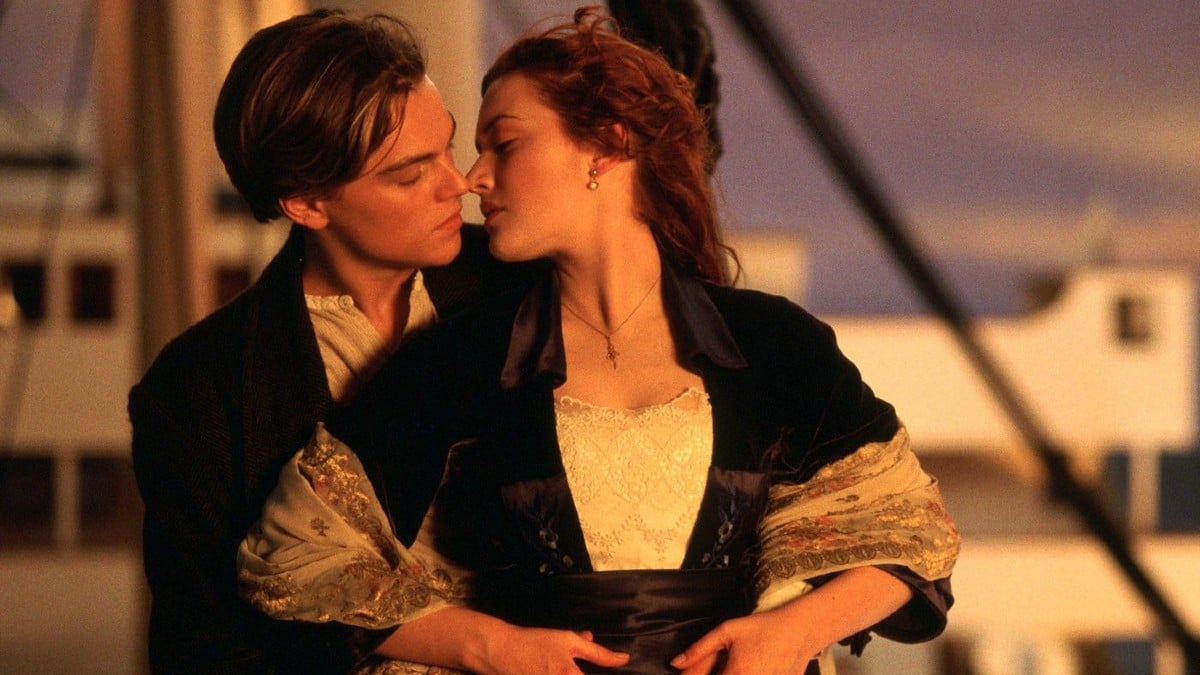
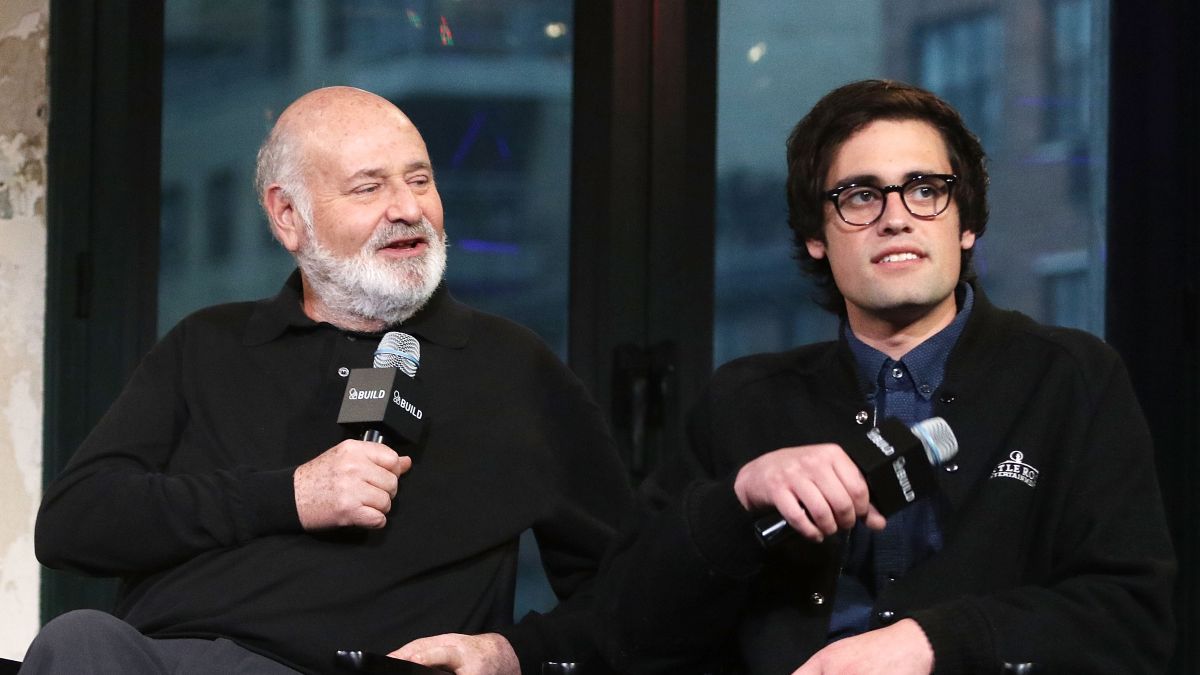
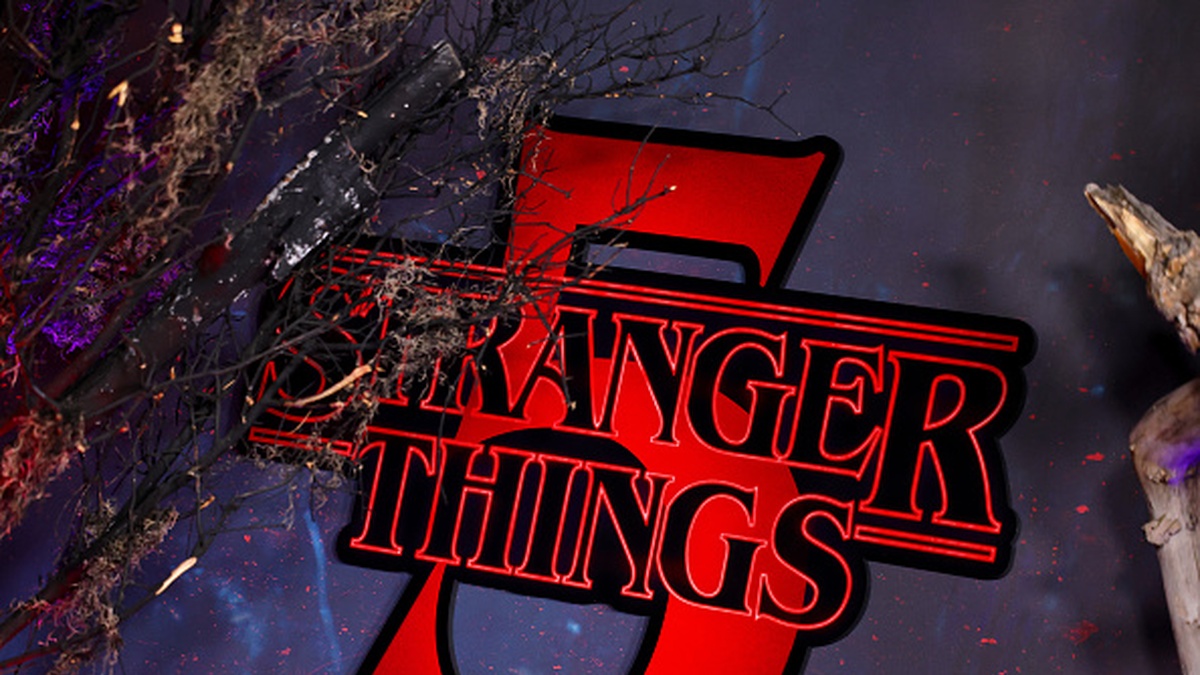

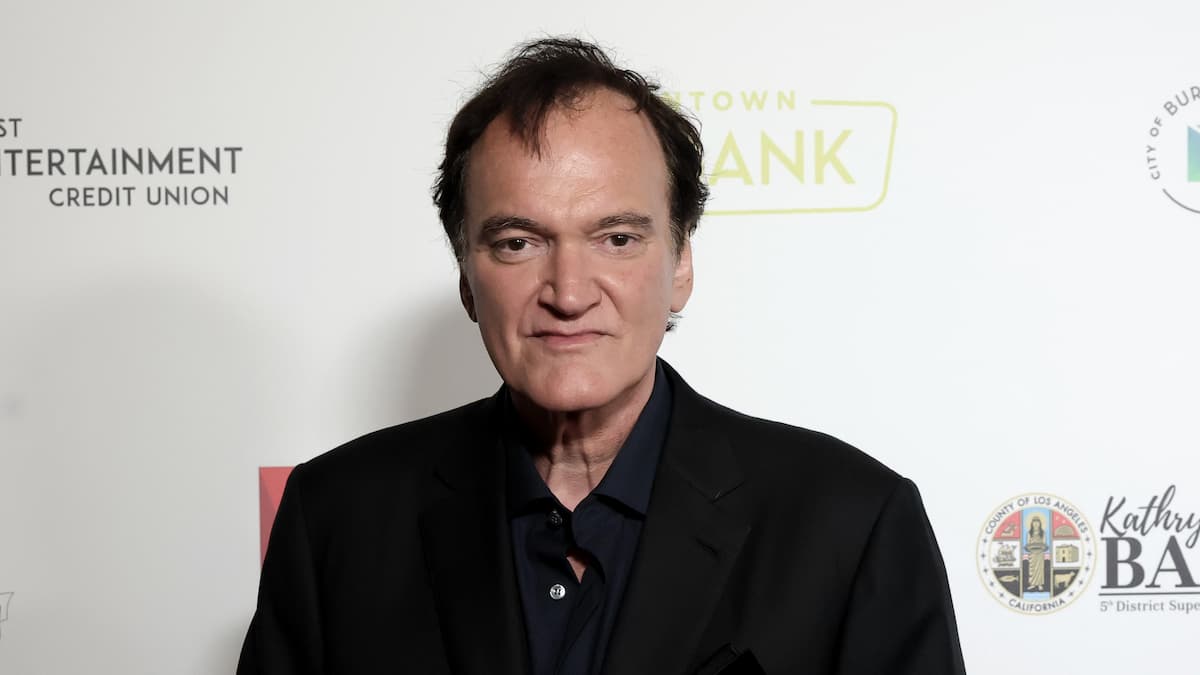
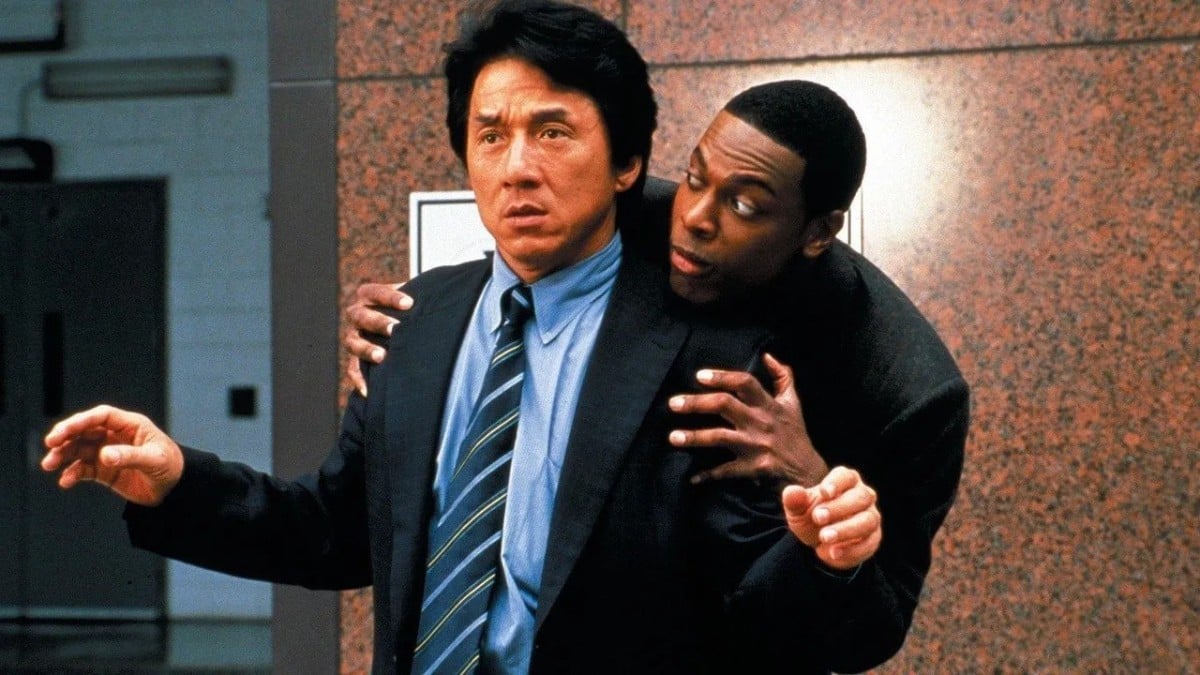
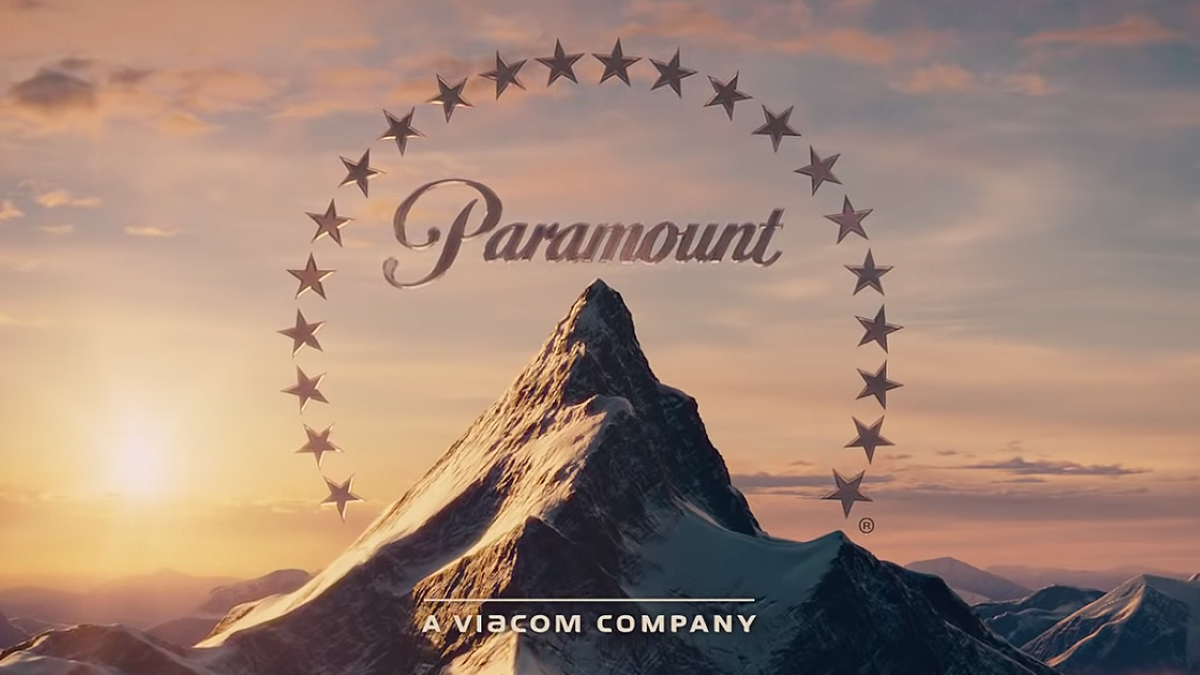
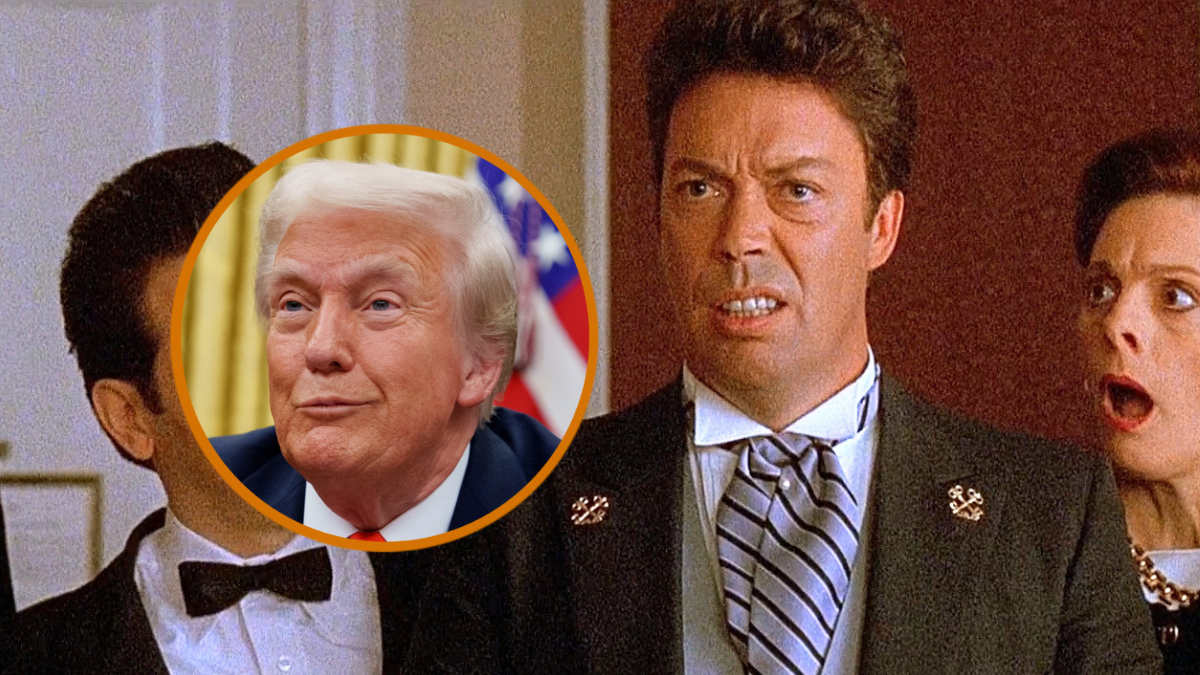

Published: Sep 24, 2014 10:17 pm